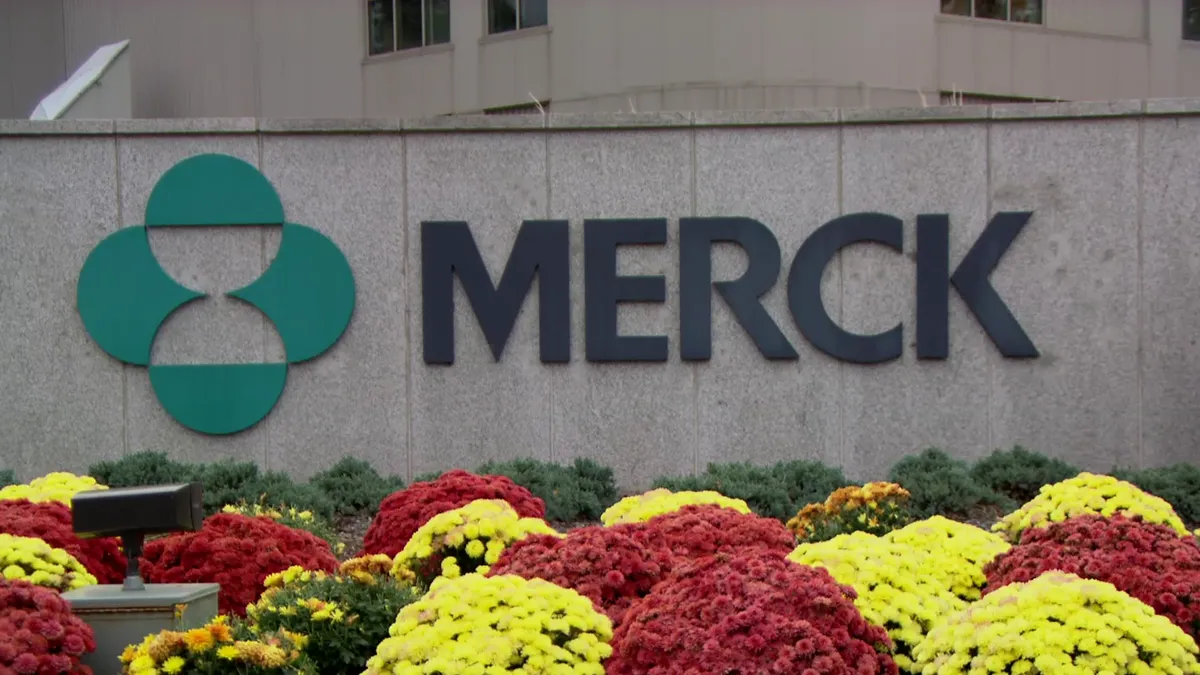A new analysis is taking aim at the age-old argument in pharma that drug prices are strongly linked to the cost of innovation. According to the report, which was recently published in a medical journal called BMJ, drug prices are in fact “not justified” by R&D investments.
Using publicly available financial reports from 1999 to 2018, the researchers found that 15 of the largest biopharmaceutical companies spent $1.4 trillion on research and development. By contrast, those same companies spent significantly more — $2.2 trillion — on costs relating to selling, general and administrative activities.
In addition, the researchers noted that R&D spend may actually be inflated by how companies often include expenses for activities like seeding trials of newly approved drugs, which they describe as “having little or no scientific purpose, serving more as marketing strategies.”
The industry also spends less on R&D than it does on share buybacks, “seemingly prioritizing short term financial returns over long term investments in innovation,” the authors wrote.
From 2016 to 2020, the 14 largest pharmaceutical companies spent $577 billion on share buybacks and dividends, which was $56 billion more than on R&D, according to a drug pricing investigation by the U.S. House Committee on Oversight and Reform, the authors noted.
The IRA impact
The BMJ report comes as the future impact of the Inflation Reduction Act (IRA) on drug prices is being closely watched.
Some critics of the IRA, which will allow the Center for Medicare and Medicaid Services (CMS) to negotiate prices with pharma companies for certain drugs, argue it could actually drive up the country’s drug bill. For instance, John LaMattina, former global president of Pfizer R&D, noted that some estimates say that IRA price controls will reduce federal spending on drugs by $456 billion during its first decade.
“This industry invests 25% of its revenues, far more than any other, directly into its research operations,” he wrote in a PharmaVoice op-ed. “The loss of $456 billion in sales translates to $115 billion less that would normally be invested in R&D.”
Since the IRA will likely reduce drug spending by the federal government — and therefore lower the profits that could be reinvested into R&D — others argue this could decrease the number of new drugs to market. Research from the University of Chicago, in fact, showed that the IRA will reduce revenues by 12% through 2039 and reduce R&D spending about 18.5%, resulting in 135 fewer new drugs. That estimate is “27 times larger than projected by (the Congressional Budget Office), which finds only five drugs will be lost through 2039,” the authors wrote.
The CBO report estimated that the prescription drug provisions in the Inflation Reduction Act will only result in a 1% decrease in the number of new drugs developed over the next 30 years, the BMJ authors said.
Despite industry pushback, the CMS is moving forward with its plan all the same, and is slated to announce the first 10 drugs being targeted for negotiations this September.
Meanwhile, the BMJ analysis joins a large stack of reports arguing that R&D spend is largely unrelated to prices. A JAMA study from September, which the BMJ authors cite, found that “there was no association between estimated research and development investments and treatment costs based on list prices at the launch of the product or based on net prices a year after launch.”
The Brookings Institution said the same, noting that “empirical evidence suggests that the relationship between R&D spending and new drugs is modest.”
The BMJ authors suggested that companies “could generate more medically valuable and affordable innovation with existing resources,” which they currently spend on non-R&D-related activities.








